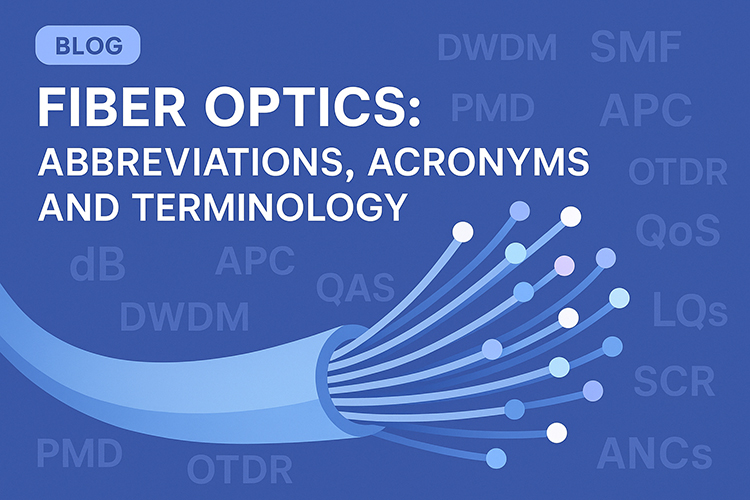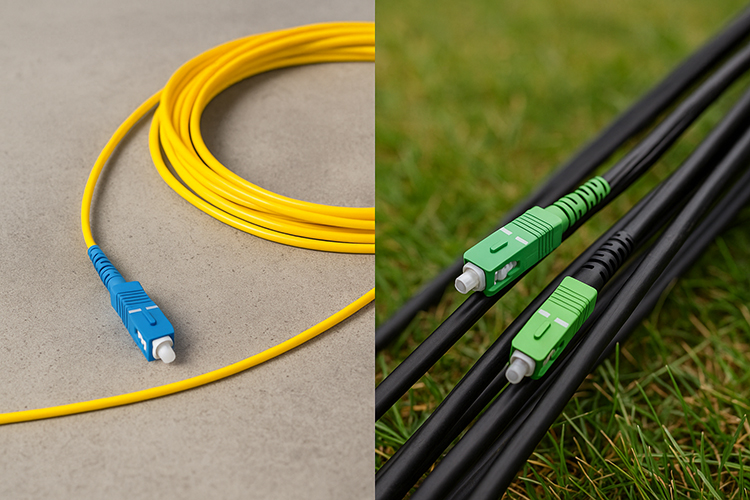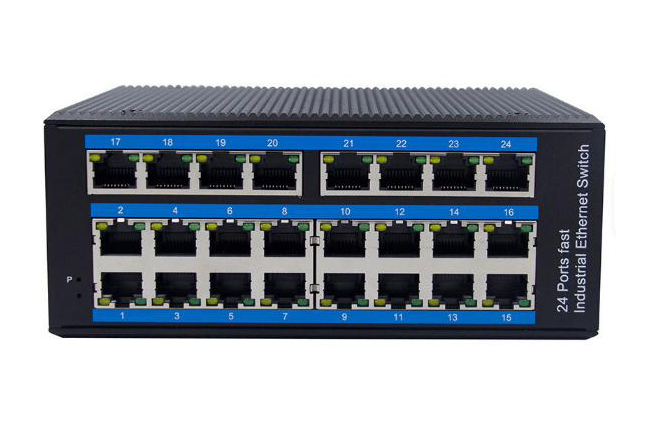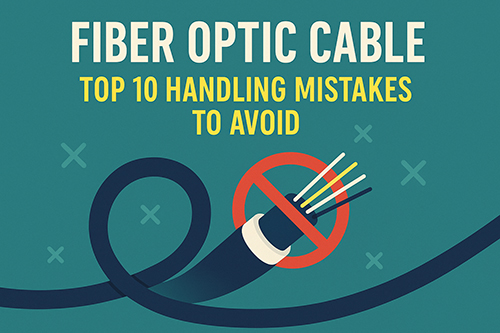.jpg)
10 Practical Uses of Fiber Optic Cables
Fiber optics are no longer “emerging.” They’re everywhere—from server rooms to surgical tools. Why? Because nothing else carries light—and data—with this much speed, clarity, and resistance to interference. Here's where fiber really earns its place.
1. The Internet (Where It All Begins)
Today’s internet runs on light. Fiber cables form the core of global networks, connecting continents and data centers with near-zero latency and huge bandwidth capacity. Unlike copper, which weakens over distance and suffers from interference, fiber maintains signal integrity across kilometers.
Whether it's streaming 4K video, running cloud platforms, or supporting millions of IoT devices, fiber delivers the consistent throughput modern infrastructure demands.
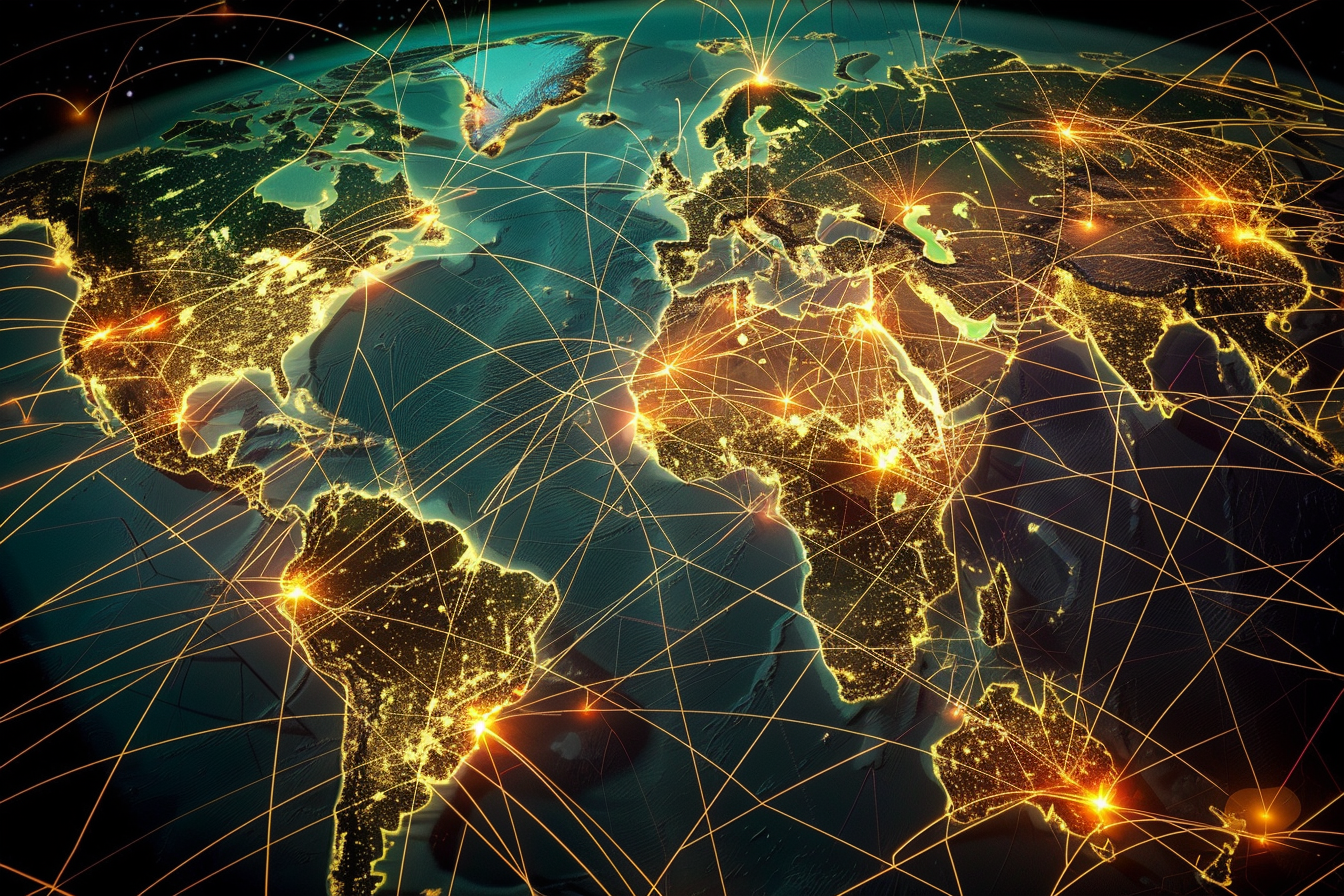
2. High-Speed Networking
Inside data centers, research labs, and enterprise campuses, fiber is essential. It supports 10G, 40G, and even 100G+ Ethernet with minimal signal loss. This is critical for remote backups, virtualization, big data crunching, and live collaboration across sites.
For businesses managing real-time operations or AI pipelines, the latency and bottlenecks of legacy cabling are no longer acceptable. Fiber eliminates those weak links.
3. Phone Systems (Yes, Still Critical)
Voice traffic still matters—and most of it now travels through fiber. Undersea fiber optic cables carry international voice calls with clarity that copper lines can’t match. Domestically, fiber enables high-quality VoIP services and supports 5G base stations by connecting small cells to the core network.
Without fiber, modern mobile and fixed-line telecom systems would buckle under the load.
4. Cable TV (Redefined)
Cable providers increasingly rely on fiber to meet rising content demands. Fiber supports the higher frequencies and data rates needed for 4K, HDR, and multi-device households—without the signal degradation of coaxial cable.
It’s not just about image quality; fiber also supports interactive content, on-demand services, and smart-home integration more efficiently.
5. Automotive Electronics
Cars are becoming computers on wheels. Fiber optics are used to link sensors, lighting systems, infotainment units, and safety features like collision detection and airbags. The key advantages? EMI immunity, compact form factor, and fast signal transmission.
In electric vehicles, where weight and electromagnetic interference are critical concerns, fiber is becoming indispensable.
6. Medical Technology
Fiber optics are at the heart of minimally invasive medicine. In endoscopy, fibers deliver bright, focused light deep into the body, enabling precise imaging with minimal trauma. They're also used in dental lasers, optical biopsies, and phototherapy devices.
Biomedical researchers also rely on fiber to transmit high-intensity light in imaging and microscopy setups—safely and without signal loss.
7. Industrial Inspection
In manufacturing and maintenance, fiber is a silent workhorse. Flexible fiberscopes navigate through tight spaces like turbine blades, pipelines, and weld seams. They're used for real-time visual inspection without dismantling equipment.
This saves downtime, reduces costs, and allows early detection of wear or defects in hard-to-reach areas.
8. Defense and Aerospace
Fiber’s immunity to electromagnetic interference (EMI), low weight, and high data rate make it ideal for military and aerospace systems. It’s used in fighter jets, unmanned drones, secure communications, and satellite payloads.
Fiber can also handle extreme conditions—from vibration to radiation—making it viable even in space-based manufacturing and surveillance.
9. Lighting and Creative Design
Fiber isn’t all data and diagnostics. It's also elegant. In architectural lighting, museum displays, and even costumes, fiber delivers clean, focused light with no heat or electrical risk at the output.
It’s flexible, safe, and visually striking—ideal for settings where appearance, precision, and safety all matter.
10. Sensing and Remote Monitoring
Fiber can act as a sensor itself. Through changes in light transmission, it can detect temperature, strain, vibration, and even chemical leaks. No electricity at the sensing point means it’s safe for use in hazardous or flammable environments.
Applications include structural health monitoring (e.g., bridges, tunnels), energy infrastructure, and smart grids—places where failure isn’t an option.
Final Thoughts
Fiber optics aren’t just fast—they’re flexible, safe, and surprisingly tough. Wherever you need reliable signal or sensing over long distances, fiber is likely the best option on the table. And as systems get smarter and more connected, the demand for fiber will only grow.
Looking for tailored fiber optic cable solutions?
At Stanford Optics, we supply custom fiber assemblies for industrial, medical, and telecom applications—built for speed, precision, and durability. Contact us to find the right cable for your system.

